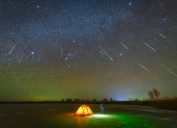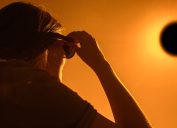Meteor Shower Will Make "Bright Fireballs" in the Sky Friday—Here's How to See It
Scientists say this year's display could experience a "significant outburst."
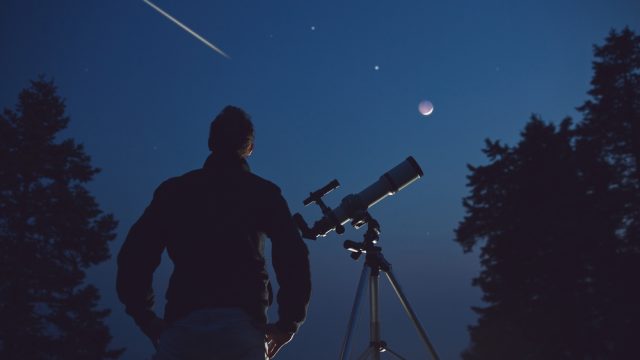
For some people, the return of warm weather each spring is enough of a reason to start taking time to look up at the night sky. Even those who don't know much about stargazing usually find some enjoyment in taking in the constellations, moon, and planets—even if there isn't a special event like a passing comet or lunar eclipse. But if you're looking to catch a glimpse of something special, you may want to set aside some time to catch a meteor shower that will make "bright fireballs" appear in the sky starting later this week. Read on for how you can see the dazzling natural spectacle yourself.
READ THIS NEXT: The Next Total Solar Eclipse Will Be the Last Until 2044, NASA Says.
The Eta Aquarid meteor shower is underway and will peak later this week.

Even though April just saw its fair share of astronomical excitement, there's still plenty more to come in the days ahead. The Eta Aquarid meteor shower has kicked off and will be putting on a nightly show until it peaks later this week, according to Space.com.
While the "shooting stars" are an annual event each May, they're actually born from the dust trail of the famously infrequent Halley's comet, which only circles close by every 76 years. When the tiny particles of rock collide with the Earth's atmosphere as our planet passes through each year, it causes them to burn up bright as they fall through the sky towards the ground, according to NASA.
This year's shower could see twice as many visible meteors fall.
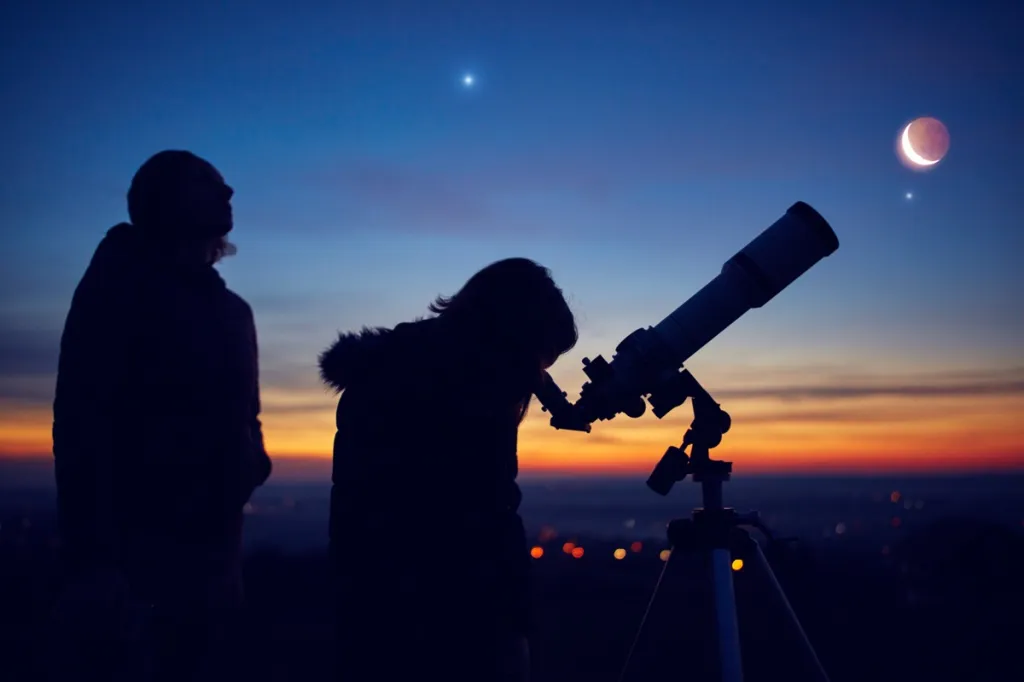
During most years, the annual Eta Aquarids generate a dazzling show with roughly 10 to 30 meteors streaking across the sky per hour during the peak. The shower is also famous for how fast its objects move, which creates glowing "trains" in their wake that can last for "several seconds to minutes," per NASA.
But this year, the spectacle could be even more memorable. "They are projected to have a significant outburst on the night of May 4 [and] 5," Bill Cooke, the lead for NASA's Meteoroid Environment Office at NASA's Marshall Space Flight Center in Alabama, told Space.com. He explains that the surge "will be caused by particles ejected from Comet Halley way back in 390 [BCE], and rates should be over two times the norm."
The increase in frequency will be a boost for an annual event already known for "exhibiting bright meteors/fireballs, so it could be a pretty decent show," Cooke said.
RELATED: For more up-to-date information, sign up for our daily newsletter.
You might have to stay up late at night to get the most out of the Eta Aquarids.
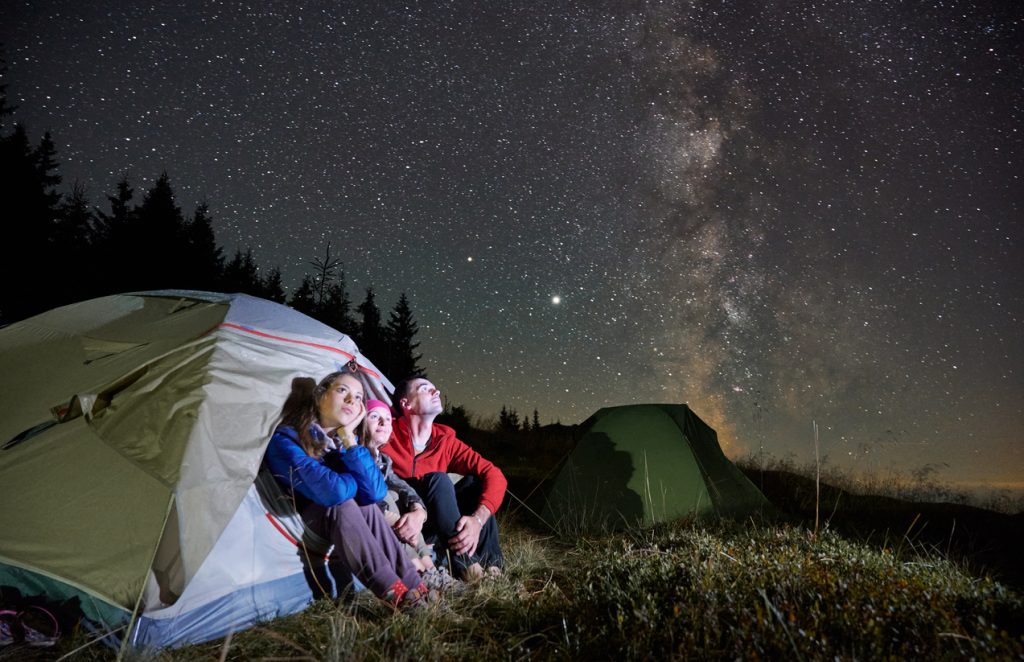
If you plan to catch the Eta Aquarids during their peak later this week, you might want to alter your sleep schedule or plan to sleep in late the following day. That's because the shower's radiant—or apparent source—is in the Aquarius cancellation. The stars are higher overhead in the Southern Hemisphere during the spring and take longer into the night to become visible in northern skies, according to NASA.
"The Etas are not a shower that you can go out to see after sunset because the radiant won't be up," Cooke told Space.com. Instead, he suggests getting outside around 2 a.m. and watching near the horizon as activity increases towards dawn.
You'll have a better chance of seeing meteors if you follow some basic stargazing guidelines.
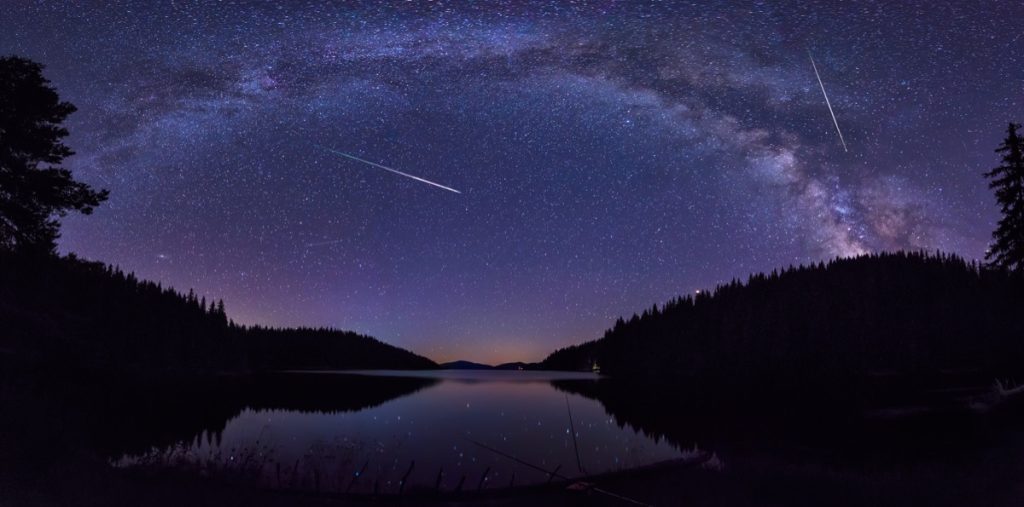
Although this year's peak will coincide with the brightness of the full moon, you can still set yourself up for what could be a memorable spectacle by considering a few expert pointers. As always, it's best to get away from light pollution by finding the darkest possible location, ideally away from bright street lamps or illuminated homes, according to Earth Sky. You should also get comfy by bringing along a warm blanket or chair that will allow you to spread out and recline.
Since it's best to get expansive views of as much of the night sky as possible, you can leave your telescope or binoculars behind—unless you're planning on scoping out other stationary objects, says Space.com. You'll need about 30 minutes for your eyes to adjust to the darkness, which includes avoiding looking at your phone. If you're worried about fumbling around in the dark, consider bringing a flashlight with a red light setting to help cut down on glare.
You can also pack along a thermos of a hot beverage and dress warmly to ensure you stay comfortable through the late hours. But overall, patience can be the most essential part of enjoying nature's show.
"Meteor watching is a lot like fishing: Sometimes you catch a good number of them, and sometimes you don't," writes Earth Sky.
